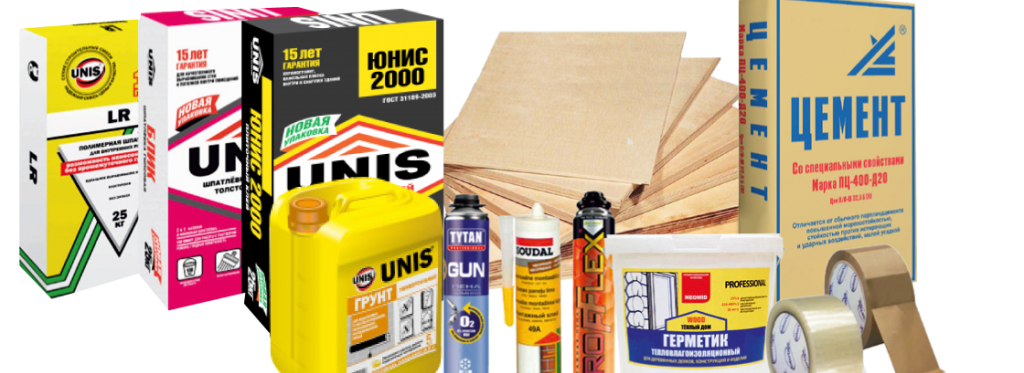David Walsh’s Museum of Old and New Art (Mona) in Hobart is a curation of surprising juxtapositions. Its provocative artworks include a sculpture of a dead suicide bomber cast in chocolate, a pinball machine that assists suicide and a couch that purrs like an animal when you sit on it.
Already incorporated into the subterranean exhibition galleries is a brewery and a boutique booze label, but Walsh’s recent decision to add a casino for high rollers to his labyrinthine complex is raising eyebrows among those with middle-class moral concerns.
Adding a casino to a world-renowned art museum poses a challenging conundrum for bourgeois people, who in Australia tend to enjoy art, wine and “Mona weekends” precisely as much as they frown upon gambling.
But Walsh is not of their bourgeois kin. He’s a Hobart boy from the working-class suburb of Glenorchy, a mathematical genius who dropped out of university to pursue a career as a professional gambler, skipping a transition into the middle class for a spectacular arrival into the ranks of the self-made rich. He privately funds Mona from a vast personal fortune amassed from his work in the gambling industry, and as such can and does exhibit work that speaks to his personal fascinations with sex, death, transformation, ennui and chance.
Walsh told the Hobart Mercury that he intends to call his casino “Monaco”, with 12 card tables for high-rolling tourists only. While Walsh has made Mona free for Tasmanians and charges very cheap admission for interstate and overseas visitors, the complex currently offers luxury visitor packages for wealthy tourists that include stays in designer bungalows stocked with collector artwork, Tasmanian produce and his Moorilla wine. The Mercury reports that Walsh’s intention is to cater to “wealthy, international art lovers who would get a kick out of playing blackjack in highbrow surroundings”.
Those appointing themselves police of moral purity in complaining about the proximity of gaming to art – while sipping the local chardonnay – may indeed be missing one of the conceptual triumphs of Walsh’s collection. Anyone familiar with the museum and the work it exhibits will recognise in Walsh’s casino plan another sly provocation from the most dynamic individual in the ecology of Australian art.
“I made my money gambling,” he told ABC journalist Leigh Sales in a recent interview. “It’s a zero-sum game. Like the stock markets, when someone wins, someone loses.” In the same interview, he was careful to acknowledge that his experience as a university dropout turned money man was a matter of good fortune – that the luck of circumstance was the difference between his prosperity and the limited material achievement of others.
In this context, the creation of a Mona casino is not so much a glitzy Packeresque money-sucker, but a restrained initiative artistically consistent with Walsh’s world-view. Mona opened in 2011, and Walsh describes his creation as “not a gallery so much as a museum of concrete philosophy”.
The distinction is, perhaps, the reason Mona’s impact on the Australian cultural landscape has been so momentous, renewing local enthusiasm for contemporary art and attracting the interest of a powerful international art audience to what was once the sleepy, if pretty, capital of island state Tasmania. Richard Dorment, an art critic from the UK’s Daily Telegraph, has said that Walsh “doesn’t collect famous names; his indifference to fashion is one of the strengths of the collection”.
Walsh’s personal philosophical enquiries are plainly on show in the magnificent sandstone structure built in to the side of a cliff on the Derwent river. That human communication, connections, even life itself, is a matter of chance, is explored in pieces like the famous waterfall that drops random internet search terms, or those that precipitate their own decay, like a giant buddha made of crumbling incense. Interviewed, Walsh makes much of the relationship between his extraordinary career as an international card sharp and the dynamics of luck.
That Mona must fund itself is, perhaps, also a pressing concern. Walsh has spent $100m on the building and its collection, and while the museum grows in popularity, the economics of accessibility means that Walsh’s $10m annual outlay is only returning $4m a year. Walsh has said in a previous interview with Guardian Australia that he feels Mona is a means of repaying a debt for his own luck.
The mechanism of a casino may facilitate the generosity of others with similar means to Walsh, but dissimilar feelings of obligation. To persuade their social contribution through a card table is arguably a conceptual artwork in itself, and something of a genius move.
